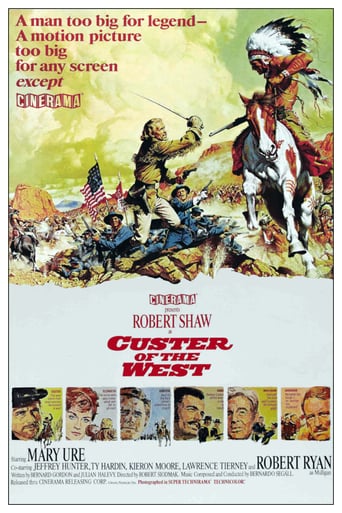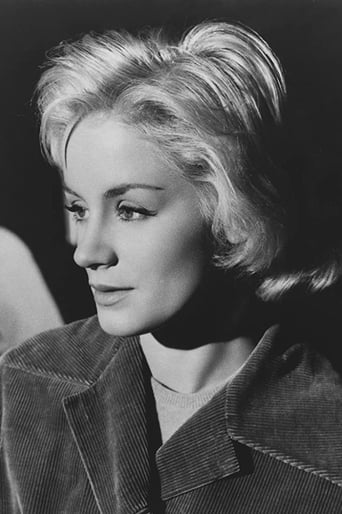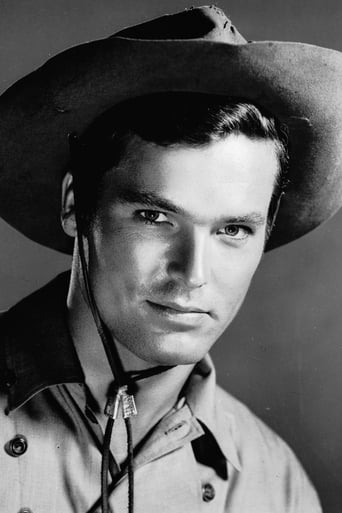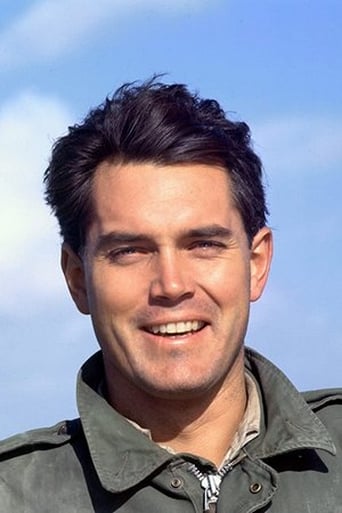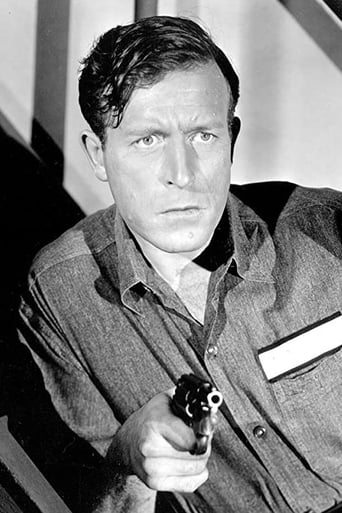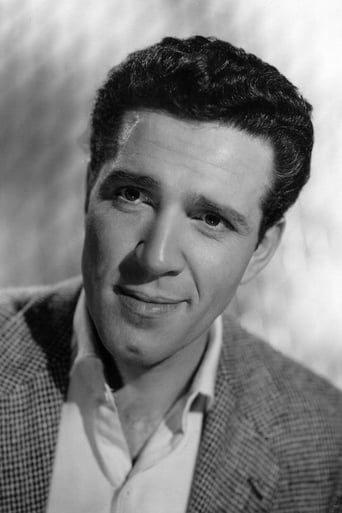Biopic of General George Armstrong Custer from his rise to prominence in the Civil War through to his "last stand" at the Battle of the Little Big Horn.
Similar titles
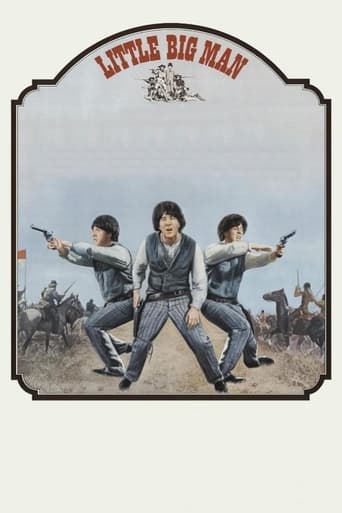
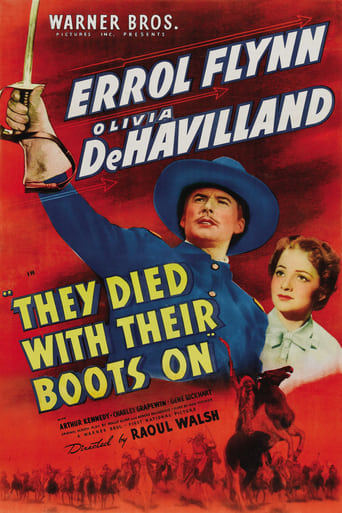
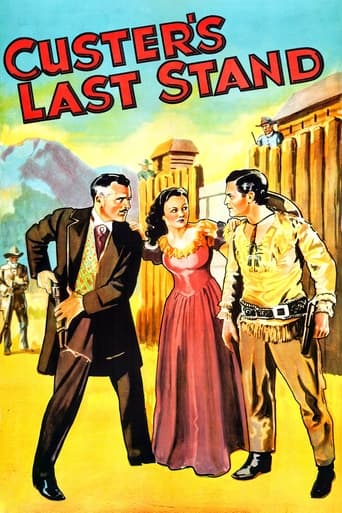
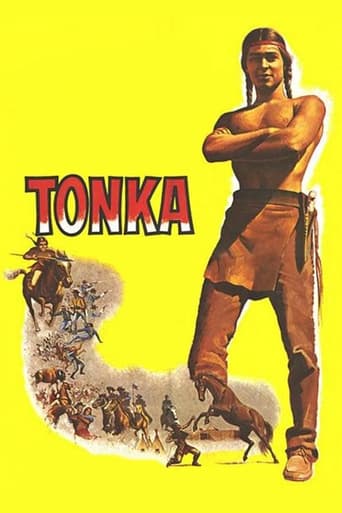

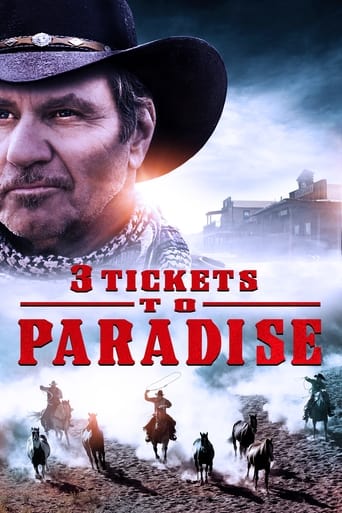
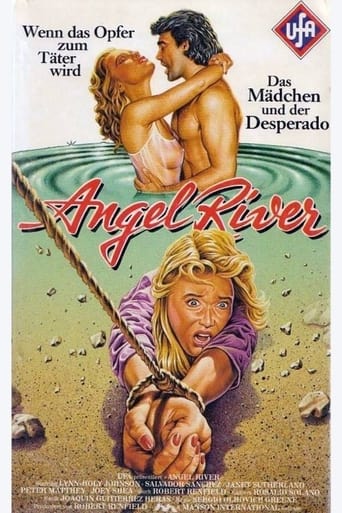
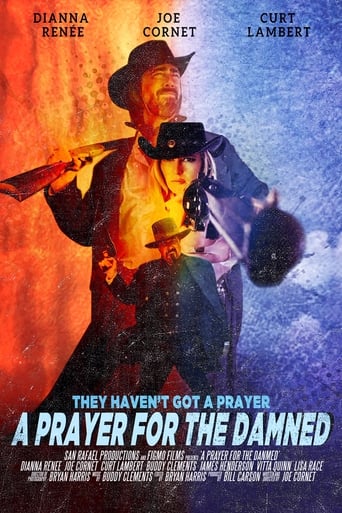

You May Also Like
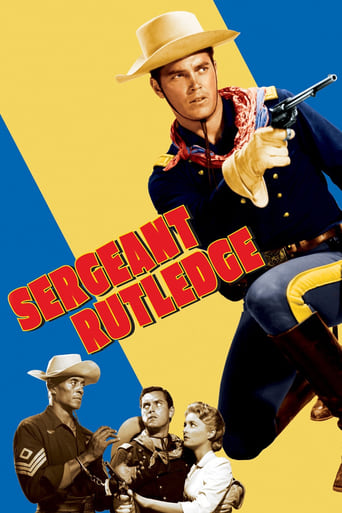
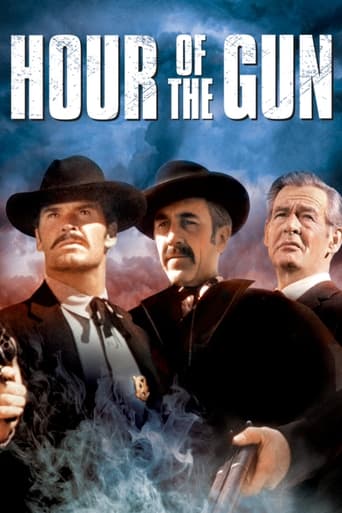

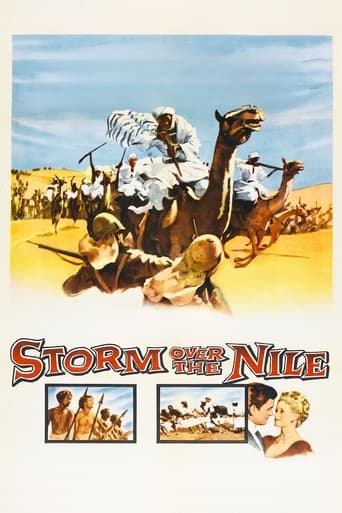

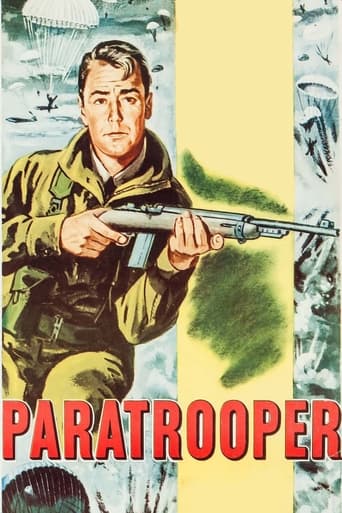
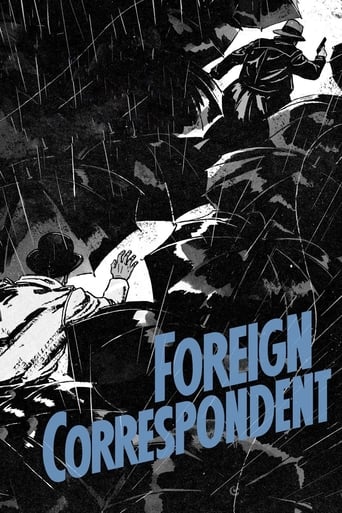
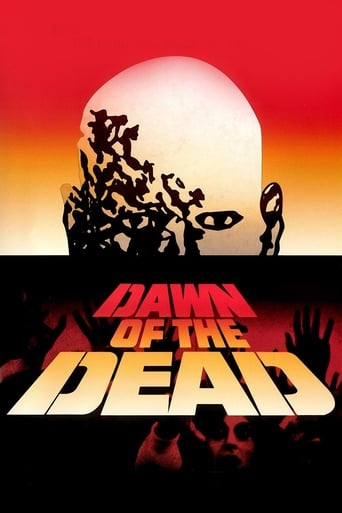
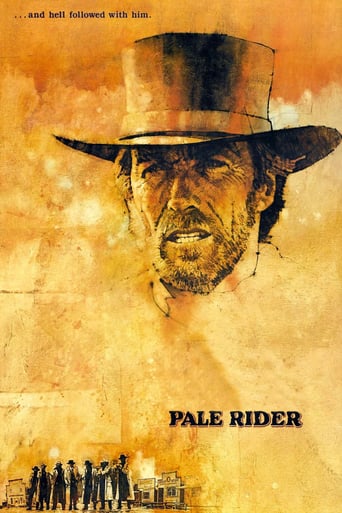
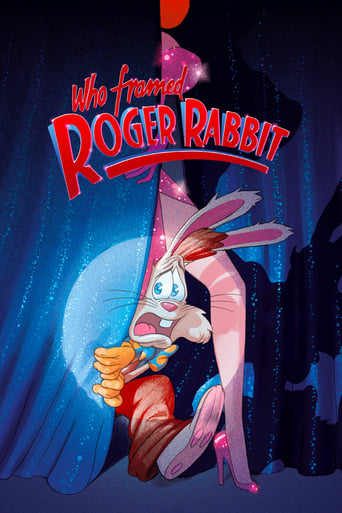
Reviews
Crappy film
Pretty good movie overall. First half was nothing special but it got better as it went along.
The story, direction, characters, and writing/dialogue is akin to taking a tranquilizer shot to the neck, but everything else was so well done.
An old-fashioned movie made with new-fashioned finesse.
RELEASED IN 1967 and directed by Robert Siodmak, "Custer of the West" is a French/Spanish/American production starring Robert Shaw as the titular hero who becomes the youngest general in the Civil War at 23 and then goes on to fight in the Indian Wars of the northern plains, eventually dying at the Battle of Little Bighorn at the age of 36. Mary Ure plays Custer's wife while Ty Hardin and Jeffrey Hunter play his subordinates Major Reno and Capt. Benteen. Lawrence Tierney is on hand as Gen. Sheridan."Custer of the West" both stresses the mistreatment of the plain's Indians by the U.S. and portrays Custer as a tragic American hero who was a puppet of government policy. The film is usually lambasted for its inaccuracies, particularly its depiction of the closing battle. For instance, in real-life Custer's soldiers surprised the Native encampment, they didn't ride up and dialogue with the waiting Indians; moreover, the battle was a chaotic one, moving toward Last Stand Hill. Yet it's not like previous films were any more accurate, e.g. "They Died with Their Boots On" (1941), but audiences apparently demanded more accuracy by the late 60s.Regardless, the gist of events is true: Reno and Benteen were real-life subordinate officers at odds with Custer and reportedly failed him on the day of battle, although they supposedly had justified cause. If I were Benteen, I would've probably done what he did in the face of Custer's glory-hound rashness and a formidable foe: Dig in, face the enemy, and survive to fight another day. In any case, if you want historical accuracy (to a point) see "Son of the Morning Star" (1991).The main problem I have with this movie are the Spanish locations substituting for Virginia, the Dakotas and Montana. Fortunately, the creators at least tried to find a setting with trees for Virginia and some of the locations they used for Dakota/Montana occasionally work (just occasionally). But there's a long desert sequence when nothing of the sort exists in the region. You'd have to go far south to New Mexico/Arizona or way further west to eastern Washington to find such deserts. Yet it could be argued that the desert sequence is substituting for the Badlands of the Western Dakotas, which is certainly desert-like.If you can ignore the disingenuous topographies, there's a lot to appreciate in "Custer of the West." But the film's overlong and bogged down by tedious or useless sequences, like the capture/imprisonment of Sgt. Mulligan (Robert Ryan). But there are some gems, like when Dull Knife (Kieron Moore) pays Custer a visit at the fort (which in real life didn't have a timber stockade). Custer bluntly conveys to the Chief the simple (awful) truth about conquerors and those they conquer: "The problem is precisely the same as when you Cheyenne decided to take another tribe's hunting ground. You didn't ask them about their rights. You didn't care if they had been there a thousand years. You just had more men and more horses. You destroyed them in battle. You took what you wanted and, right or wrong, for better or worse, that is the way things seem to get done. That's history."FYI: Deviating from the original script, Robert Shaw made the character of Custer over to suit himself, turning him into a "sadist of Shakespearean depth." He also directed the battle scenes with Siodmak staging everything else.THE MOVIE RUNS 2 hours 21 minutes and was mostly shot 30 miles from Madrid, Spain, except for the Battle of Little Bighorn which was filmed in Costa del Sol near Almira. WRITERS: Bernard Gordon and Julian Zimet with additional work by Shaw.GRADE: C
Custer of the West is directed by Robert Siodmak and written by Bernard Gordon and Julian Zimet. It stars Robert Shaw, Jeffrey Hunter, Lawrence Tierney, Ty Hardin, Mary Ure and Kieron Moore. It's a Cinerama production with music by Bernardo Segall and cinematography by Cecilio Paniagua. Film is a very loose telling of George Armstrong Custer's military life from 1861 up to his death at Little Big Horn in 1876.It's the word disjointed that springs to mind once one has sat thru this attempt at an epic telling of George Custer's (Shaw) demise. Right thru the film nothing ever plays out right; Shaw's accent, the historical facts, Segall's score sounding like it belongs in a comedy, Cinerama scenes thrown in without due care for narrative, jumbled intentions of the makers in what they want to say, wooden prop acting (Ure falls in for mannequin duties), Spanish location for filming one of the American West's most famous battles and the final battle itself is short, weak and befits the penny pinching feel of the whole movie. Undeniably the ambition is there, with the odd moment of visual splendour, but it plods when it should be sprinting and tedious in dialogue when it should be perking up the ears. As good as Siodmak (The Killers/Criss Cross) was at directing low budget noirs of the 40s, here he is without impetus and inspiration and you have to wish that original choice to direct, Akira Kurosawa, had indeed gotten hold of the project.Shaw at least adds intensity and part of the screenplay has honourable intentions to be sympathetic to Native Americans, but ultimately the film as a whole is a disjointed experience. 4/10
I really was not sure whether to watch this one. Robert Shaw has never really impressed me as an actor (with the exception of The Sting) and was not totally convinced that he could pull of the role of Custer.Five minutes in however and I knew I was wrong. Although still a bit "wooden", I felt that this was part of the part he was playing instead of his shortcomings in acting talent and could see (in a totally heterosexual way) that Robert Shaw actually made a very beautiful looking Custer.However that may well part of the problem of this film. Whilst it touched on the character traits that many of us know about with Custer, this was pretty much a hero worship film.It was also of its time with many "nods" to what was happening in Vietnam at the time and sadly this somehow degenerates by using some of the terms prevalent at that time "The old good Indian is a dead Indian" (replace Indian with "Commie" for 60s update), "bleeding heart liberals" (did they REALLY use this phrase in 1865? Did they REALLY?)Mary Ure as Custer's wife Libby is just as gorgeous as Robert Shaw but woefully underused but I guess this is a film about her husband after all! As for the historically accuracy, I am no scholar of the US Civil War but what I do know of the Battle Of Little Big Horn, Benteen and Reno etc this is way-off. I don't think it is a spoiler to say that Custer still dies at the end at Little Big Horn but that is about as close to the truth as it gets and even someone who knows NOTHING about how he died will find the final scenes at LBH just a touch over the top.There are also some REALLY annoying goofs, why did the stars and stripes have 44 stars on it in 1863 but by 1865 this was down to 35 (the correct number)? However this was still 35 on the flag at the battle of Little big Horn (when there would have been 37 had they taken "full" flag at all into battle)! As a Brit this annoys me but to any American (whose flag is often so important) seems like a real insult.There is also no mention of Custer's brothers who also died at the battle and the film certainly bends/merges the truth around the actions of Benteen and Reno.Overall if you can forgive the hero worship of Custer and lack of any real history it's an enjoyable film. It could benefit from some more stringent editing by about 40 minutes but preferably by someone other than Peter Parasheles or Maurice Rootes whose efforts on the rest of the film look like they were wearing boxing gloves at the time!
There was some decent photography and camera work. Robert Ryan should have played Custer, at least he didn't have an Irish accent. However the plot, directing and waste of Cinerama film was almost as bad as the History. Why doesn't someone make an accurate movie about Custer? He really is a fascinating study. He really was a "boy "General" in the Civil War and even though most West Point Grads who were like Custer, in the right place at the right time for promotions; his rise in rank was phenomenal.Custer was an American hero of the time who went bust, but only a few people realize it at this late date. I live near the graves of several Confederate Soldiers who surrendered and should have been treated as POW's. Custer had them hung. Lucky for him that he was on the winning side, and he didn't have reporters running around with cameras.All this may not have much to do with the movie, but since the producers didn't have the guts to put a disclaimer on their film that any any resemblance to real characters is strictly accidental, I will continue to describe some of the errors of the film itself.The Civil War battle scenes were obviously not filmed in locations close to resembling Northern Virgina. I believe General Phil Sheridan had one arm, and he was a real General who saved the Union from disaster in the Shenadoah Valley. His character as played in the movie is not accurate. Custer, like most officers who remained in the service after the Civil War, was reduced in rank. He was a Lt. Colonel when he died, although I looked hard to see his rank, and couldn't see it. I was in the military and in combat, and rank is nearly always prominently displayed. I also know that enlisted men never eat steak for breakfast, as portrayed in the film. They were lucky if they got more than biscuits and coffee.Custer was the head of a regiment of cavalry. I have seen some pictures of cannons being hauled around in the west, but generally, the cavalry means mounted men on horses, not infantry or artillery.While in duty in the West, Custer was convicted of 7 offenses in a military court and his fine was loss of a year's pay. Sheridan did get him off the hook. The film attempts to portray Washington as the primary villain, but in reality, it was finding gold in the Black Hills that lead to the end of the Indians rights to the Black Hills. Whether Custer, or others looked the other way defending the Native American's rights was moot. A nation that had just fought a major conflict and still had weapons and trained soldiers was simply a fact of life. What was really tragic about Custer and the real inaccuracy of the film, is that Custer's political ambitions are not shown. That is the theory of most historians as to why he lead his troops into such a disastrous military situation. He knew that the total might of western troops could easily defeat the hostiles, but if he won a major victory with a small army, he would achieve immense fame. The one tell tale sign that the writers of this film were on to the real Custer is when he said that Juan Pizzaro conquered the Inca Civilization with less than 200 men. Custer was responsible for the safety of his men. He sacrificed them to gain that same immortality. Wouldn't this story be better than wasting Robert Shaw's talents?
Top Streaming Movies












